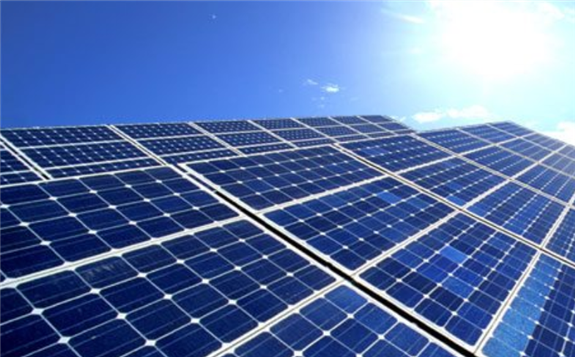Researchers have figured out a way to make solar panels “sweat,” allowing them to cool themselves down in the heat and thus boost their generation output by up to nearly 20 per cent.

The breakthrough comes via a research team at the Hong Kong Polytechnic University, which found a way to use existing atmospheric water-absorbing gel technology as a sort of coolant for solar panels.
The gel – a mix of carbon nanotubes in polymers with a water-attracting calcium chloride salt – works to absorb water vapor at night, when the air is cool and humidity is high. When the temperature rises during the day, the gel releases the water vapor.
Peng Wang, an environmental engineer at Hong Kong Polytechnic University, and his team devised a way to press the gel onto underside of a standard silicon solar panel and use it to keep the panel cool in the heat of the day.
The idea, as Science magazine explains it, is for the gel to pull heat from the solar panel to evaporate water absorbed by the gel overnight. The evaporating water then works to cool down the solar panel in the same way as sweat evaporating from the skin cools humans down.
As Wang and his team reported in the Nature Sustainability journal, their research found that this method led to the temperature of the water-cooled solar panel falling by as much as 10°C, boosting the panels’ electricity output by an average of 15% and up to 19% in one outdoor test.
The team found that the amount of gel required to have this affect depended largely on the humidity of the surrounding environment. In a desert, with 35% humidity, a 1-square-meter solar panel required 1 kilogram of gel to cool it, whereas at 80% humidity only 0.3 kilograms of gel per square meter of panel was required.
“The efficiency increase is significant,” said Jun Zhou, a materials scientist at Huazhong University of Science and Technology in Wuhan, who noted that even a 1 per cent gain would be an economic boon for the industry.
One key potential drawback of the solution is that rain could dissolve the calcium chloride salt in the gel, sapping its water-attracting performance.
Wang acknowledged this as a possible problem, despite the hydrogel sitting beneath the solar panel, and being somewhat shielded from rain. He said he and his colleagues were working on a second-generation gel that would not degrade, even when wet.
The team is also looking at another design option that could trap and re-condense water after it had evaporated from the gel – and potentially using the collected water to clean solar panels, as well as cool them.